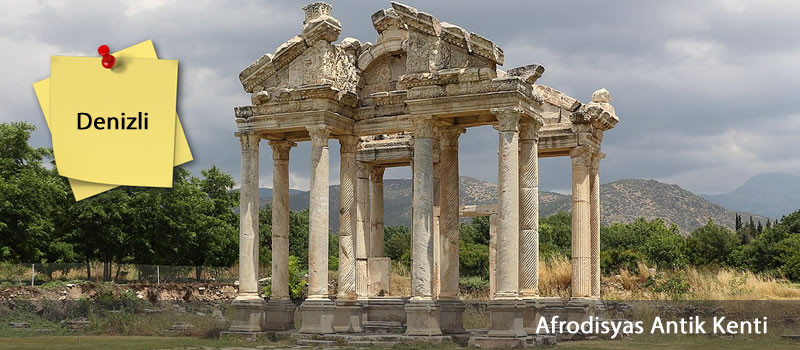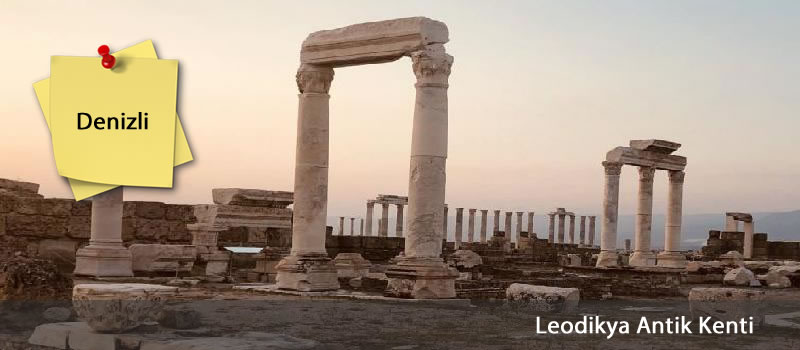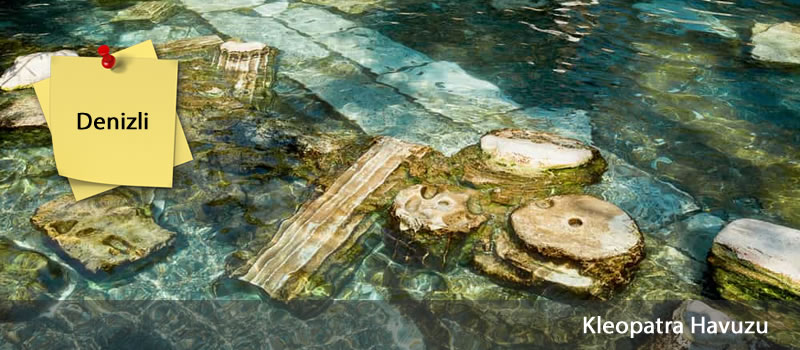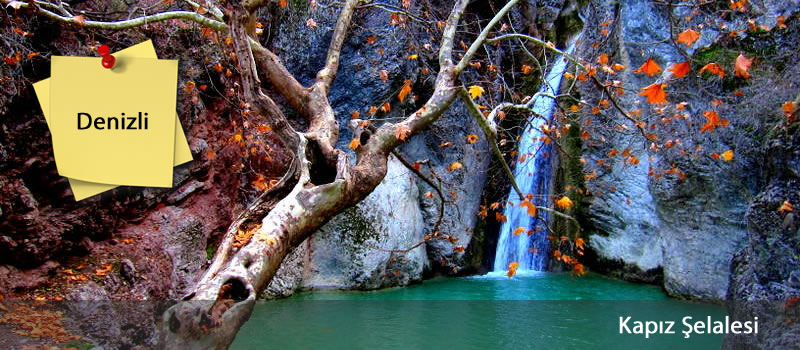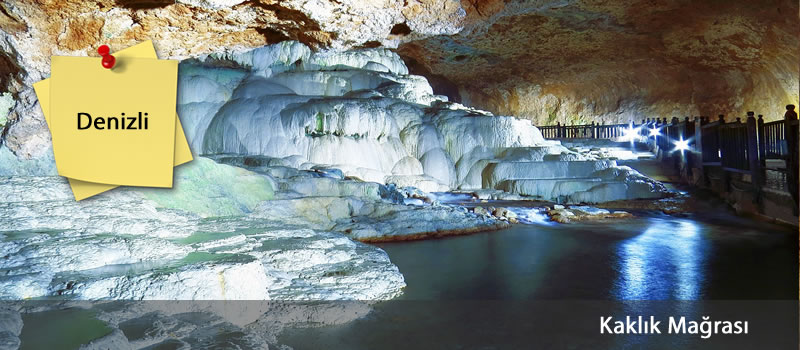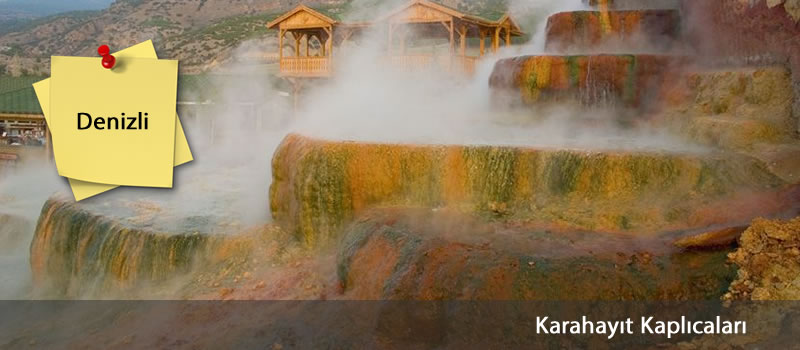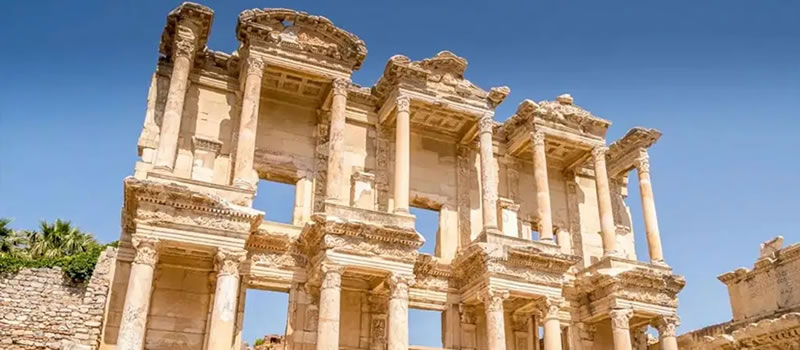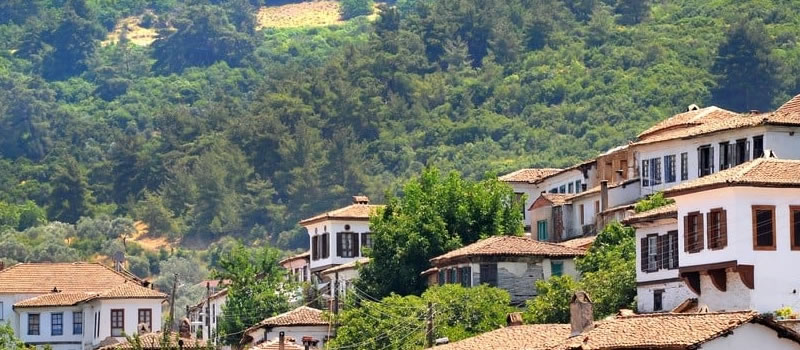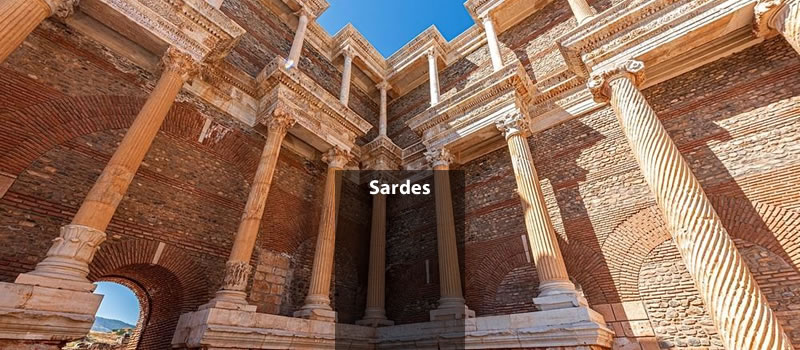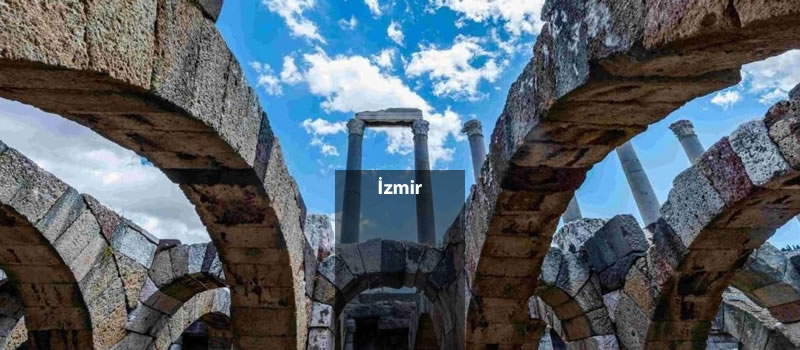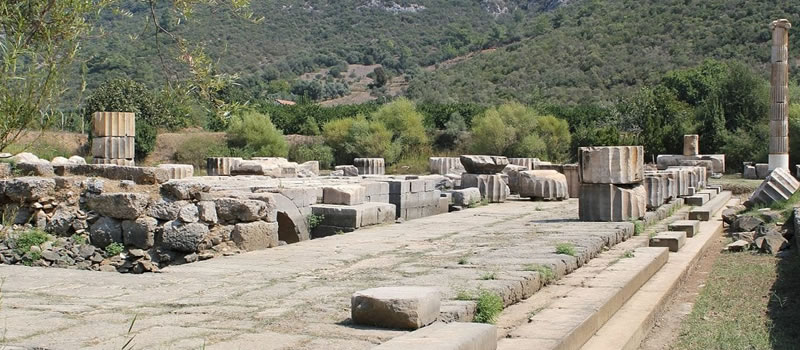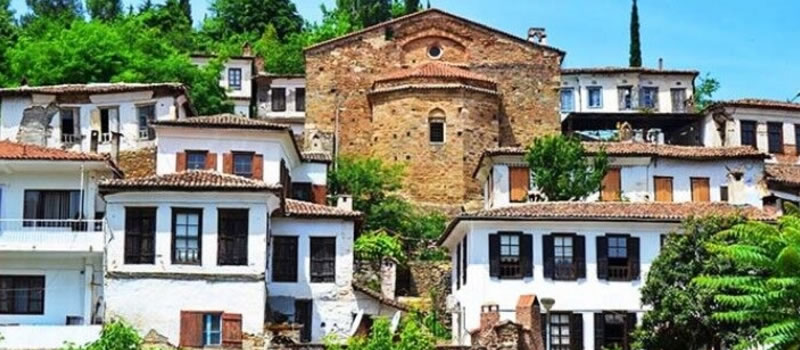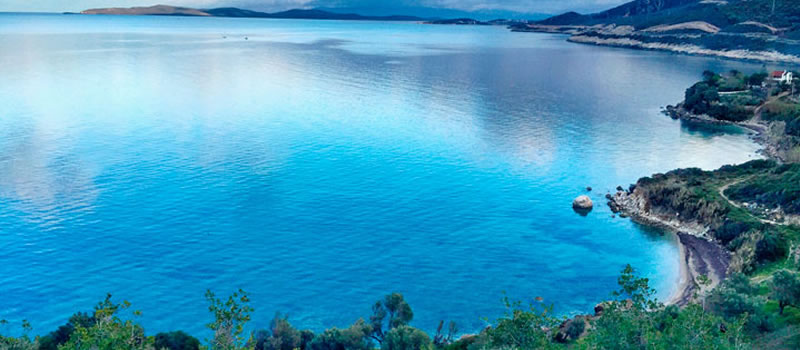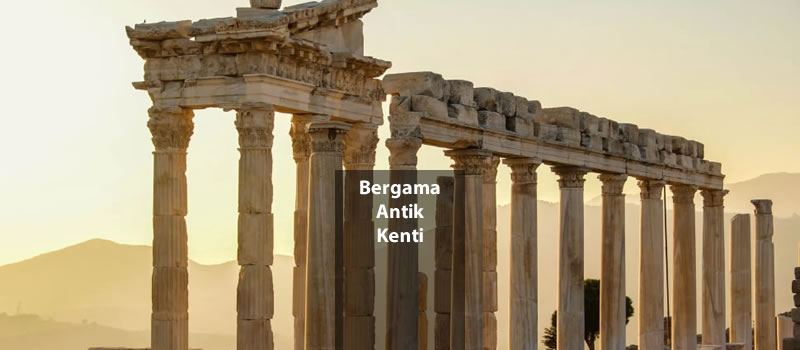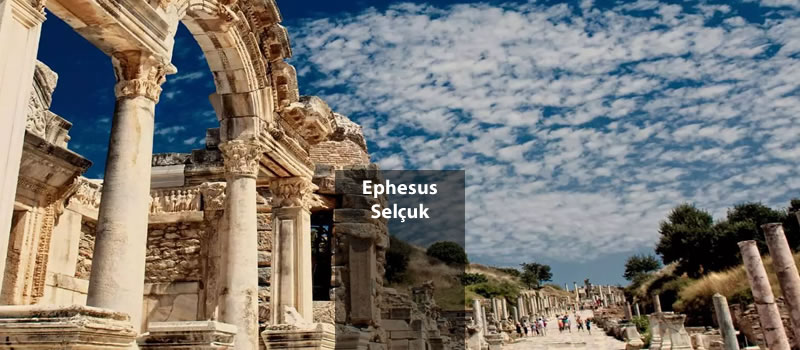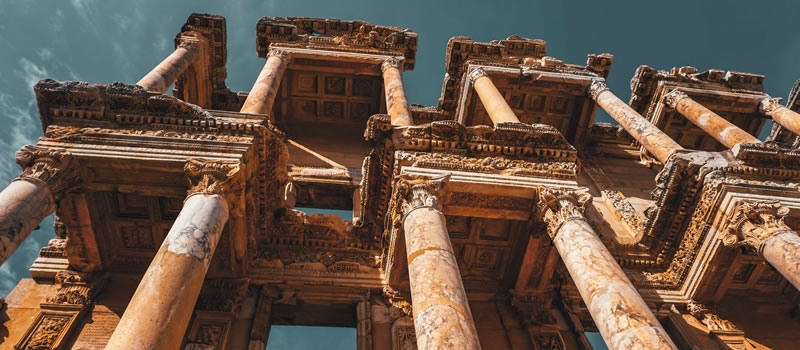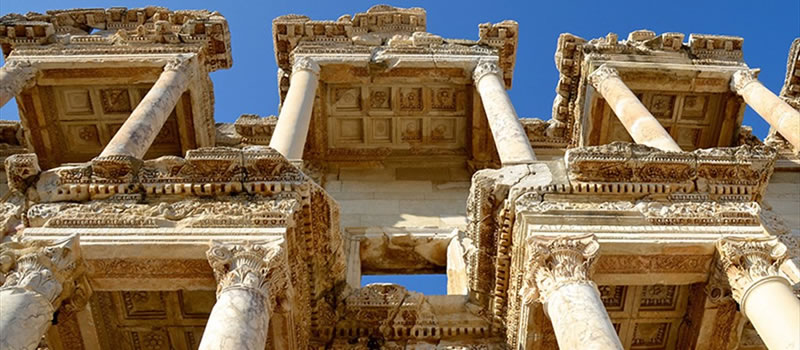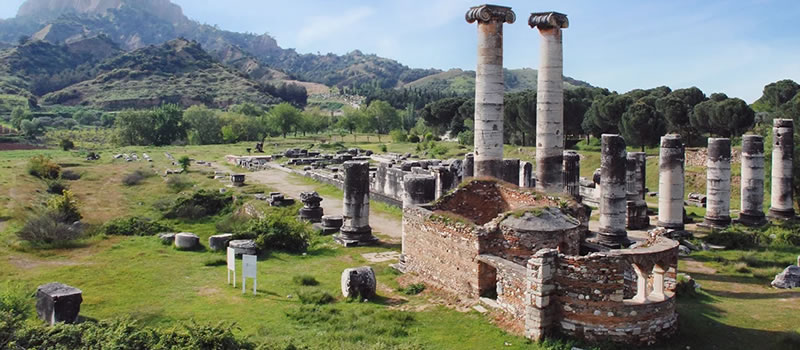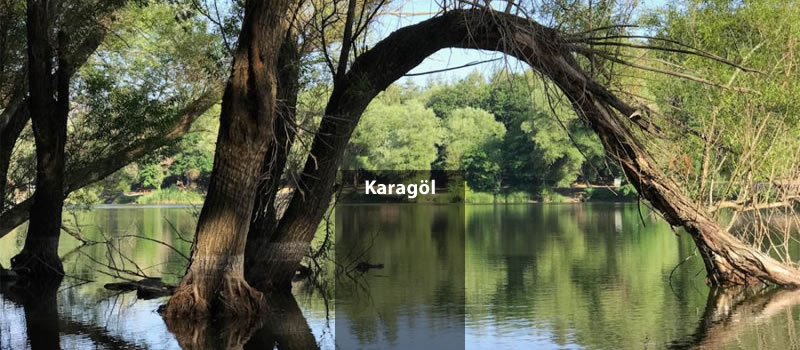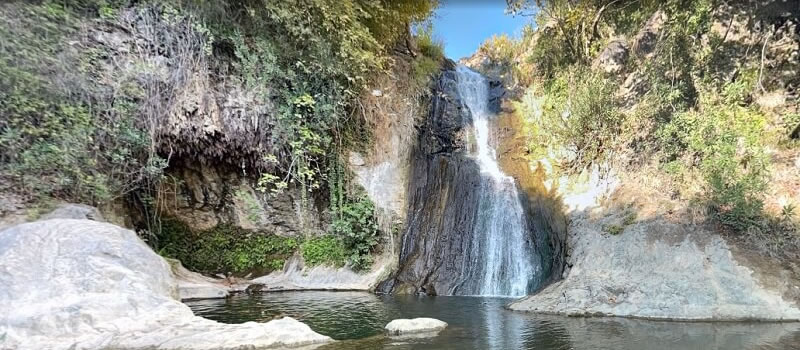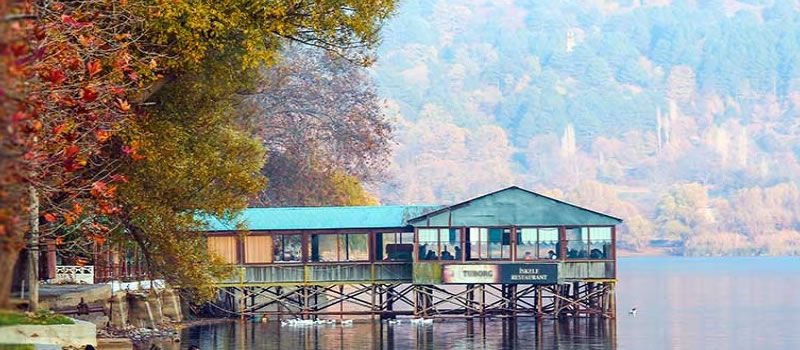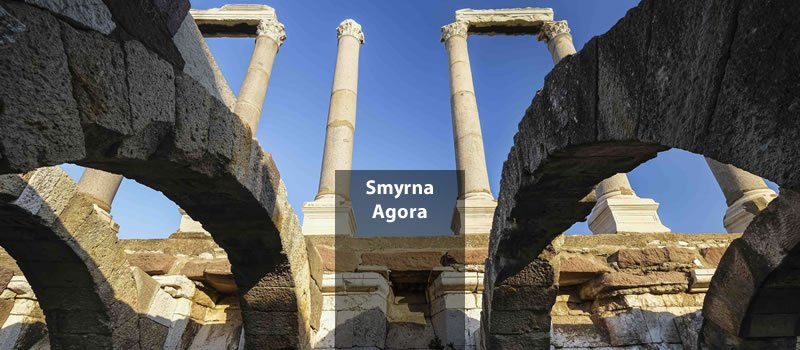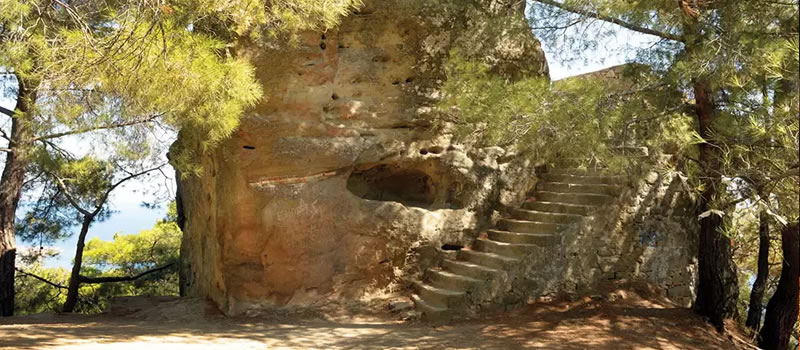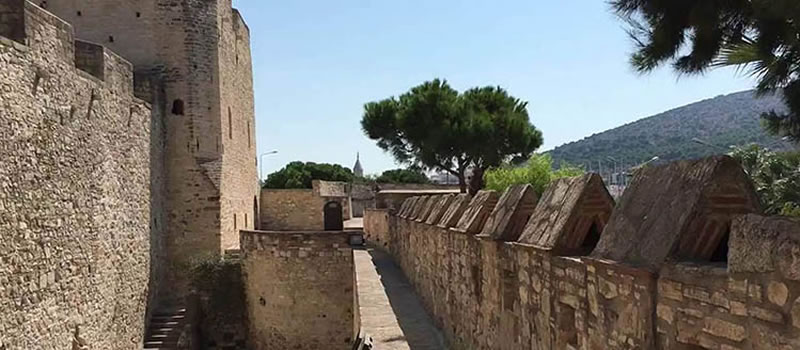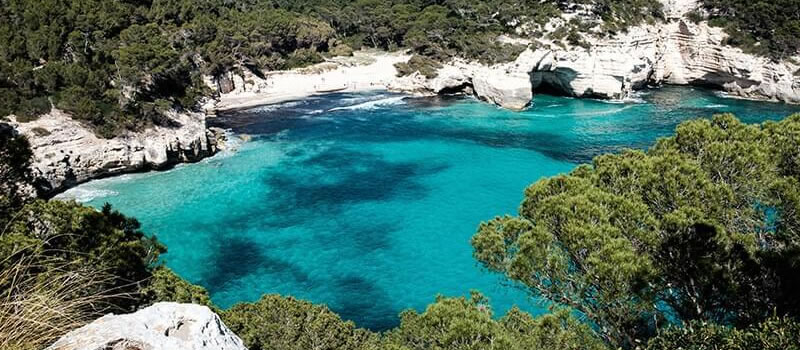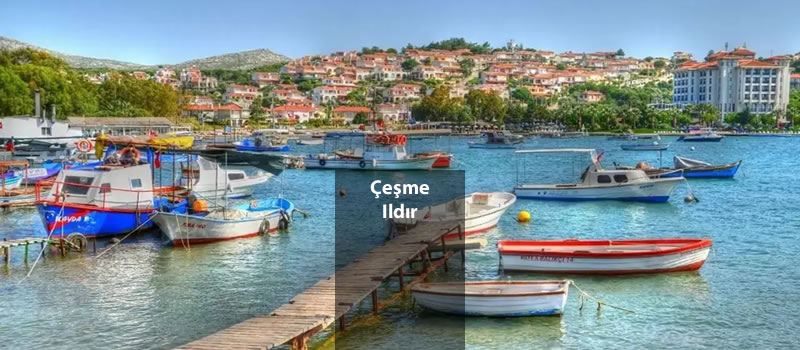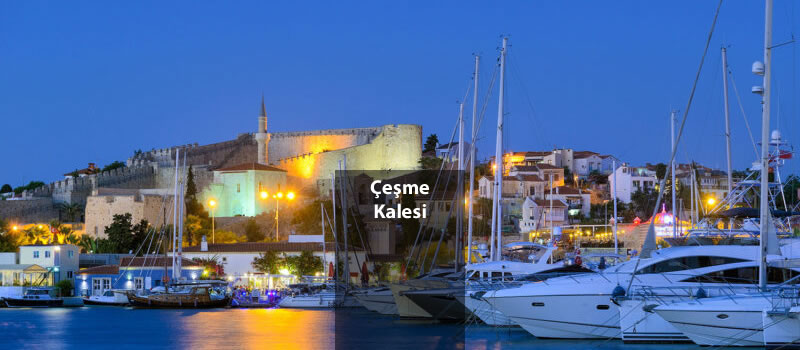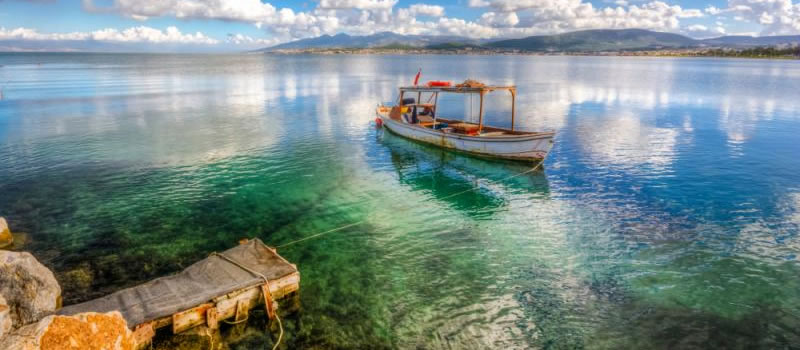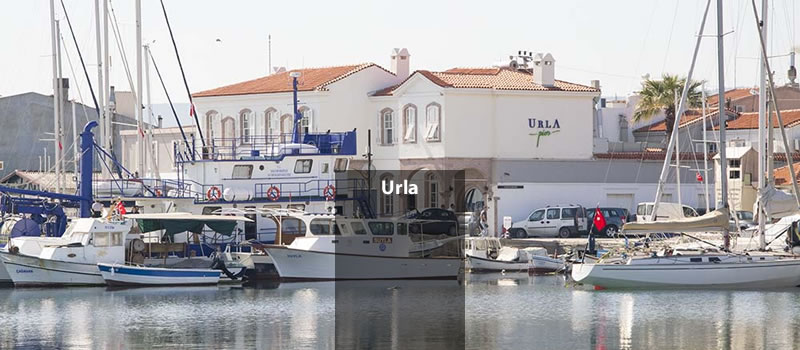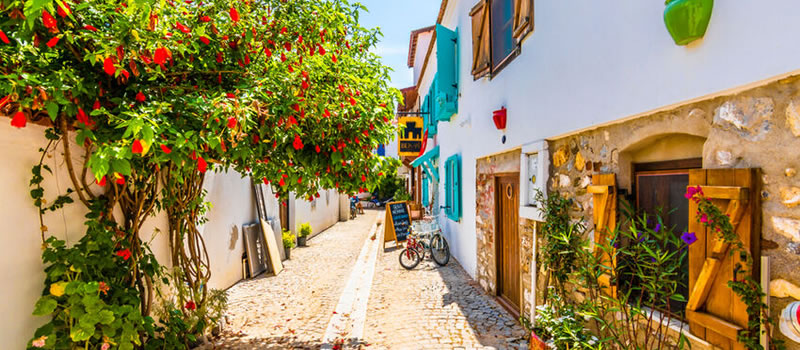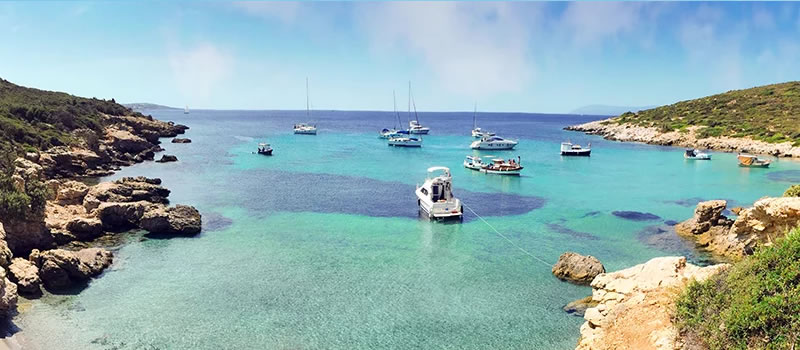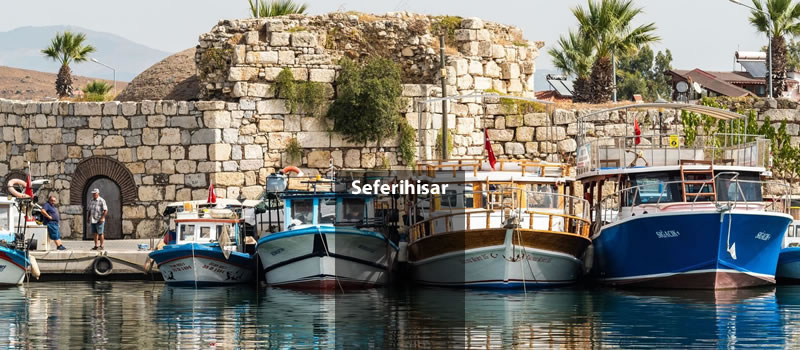Pamukkale / Hierapolis
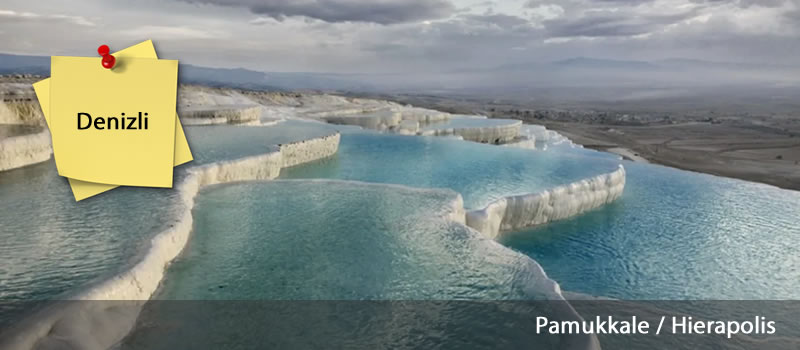
The Point Where Ancient Wonders Meet
Located in the southwest of Turkey, within the province of Denizli, Pamukkale is a captivating fusion of history and nature, boasting world-renowned natural and archaeological wonders. Pamukkale is famed for its white travertine terraces, ancient ruins, and thermal waters. In the same region lies the ancient city of Hierapolis, complementing these natural beauties with its rich historical past.
The name Pamukkale translates to cotton castle in Turkish, deriving from the white travertine terraces that have formed over thousands of years due to the accumulation of calcium carbonate from hot thermal waters. The whiteness of Pamukkale is a result of the deposition of minerals as the water flows and the sparkling effect caused by the sun.
Visitors often choose to experience Pamukkale by immersing themselves in one of its hot spring pools, savoring the natural thermal water. These waters are believed to be beneficial to the skin due to the minerals they contain, making Pamukkale a natural spa that has been utilized for health and beauty purposes for millennia.
Adjacent to Pamukkale is Hierapolis, an ancient city established during the Roman Empire. Hierapolis offers visitors an opportunity to travel back in time with its rich history and archaeological remains. With its ancient theater, sacred areas, temples, and walls, Hierapolis brings the architectural splendor of ancient Rome into the present.
Hierapolis also holds significance in the history of medicine. In antiquity, the city was renowned for its thermal waters used for therapeutic purposes. During the Roman period, people would visit Hierapolis in search of remedies for health issues.
Designated as a UNESCO World Heritage Site in 1988, Pamukkale and Hierapolis stand out as a global tourist destination with their unique natural beauty and historical richness. UNESCO's recognition plays a crucial role in preserving and passing on this area to future generations.




